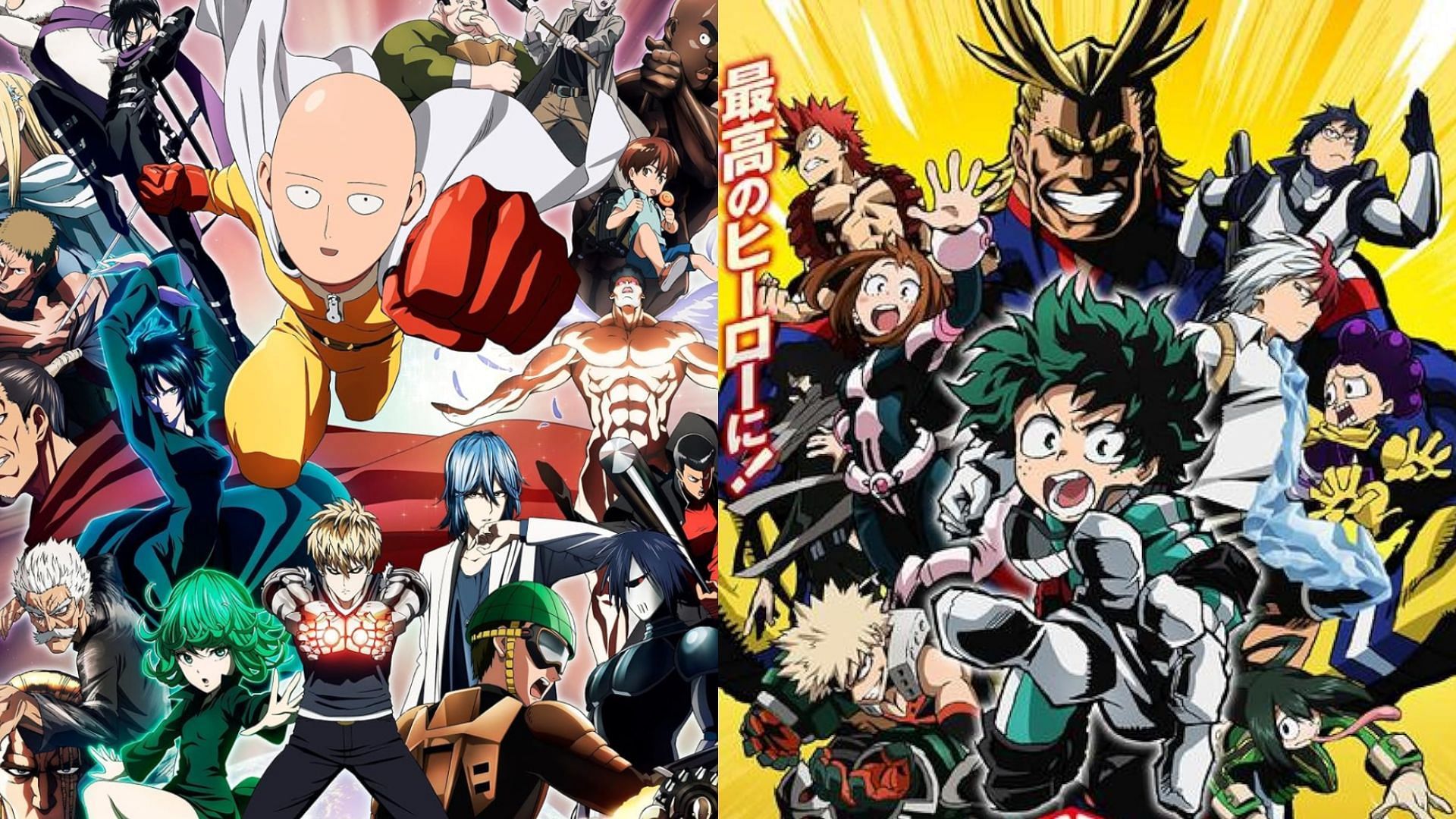
One Punch Man perfectly proved the point My Hero Academia never could
One Punch Man and My Hero Academia both revolve around hero-centric societies filled with superpowered individuals, offering a dynamic setting where heroes are integral to everyday life. While the two universes share this foundational premise, their approaches to portraying heroes and heroism differ dramatically.
In many ways, One Punch Man takes the concept of heroes further, surpassing My Hero Academia in its nuanced depiction of hero society. A key distinction lies in how One Punch Man explores the diverse backgrounds and types of heroes. The series showcases a wide range of individuals as heroes, from cyborgs and mecha users to skilled martial artists and even ordinary people without specific special powers.
This inclusive portrayal highlights that heroism isn't solely defined by extraordinary abilities. In contrast, while My Hero Academia initially endorsed the idea that anyone could be a hero—even those without quirks—it falls short of fully exploring that element, often focusing predominantly on those with innate powers.
This contrast makes One Punch Man stand out as a broader and more diverse celebration of what it means to be a hero.
Disclaimer: This article is subjective and solely reflects the writer's opinions.
One Punch Man's hero system provides a better structure and stands up for the point where My Hero Academia fell short
Contrasting power origins: The core differences between two universes
Yusuke Murata and ONE's renowned manga One Punch Man and Kohei Horikoshi's celebrated series My Hero Academia both delve into the concept of hero societies and depict worlds teeming with individuals who possess superhuman abilities.
While the foundational premise of their worldbuilding shares similarities, the two universes diverge significantly in how powers manifest and operate.
In One Punch Man, superhuman abilities emerge from a variety of sources. Aside from individuals with superhuman abilities, the powers range from individuals with extraordinary physical strength to those who have honed martial arts to a superhuman level.
One Punch Man also showcases cyborgs enhanced by advanced mechanical technology, as well as people who have gained powers through unconventional means, such as rigorous training or accidents. This diversity in power origin underscores a world where becoming a hero isn't tied to a singular concept or trait but to effort, circumstance, or even sheer luck.
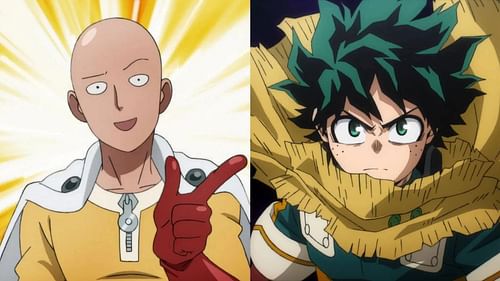
Conversely, in My Hero Academia, superhuman abilities are tied to a singular, innate factor called "Quirks." These abilities are deeply genetic and are typically inherited from one's family lineage. A person's Quirk is usually unique, providing specific powers or traits that define their individuality.
While rare exceptions exist where a Quirk can be transferred willingly or even stolen from one individual to another, the idea remains consistent: Quirks are an innate part of human evolution, shaping a world where society and daily life are structured around these inherited abilities.
Ultimately, these distinctions highlight the differing philosophies of power in each series. One Punch Man thrives on the unpredictability and variety of power origins, while My Hero Academia presents a structured evolution of abilities, rooted in genetics and inheritance.
These unique approaches set the tone for each series' narrative and worldbuilding, emphasizing the structure and complexity of their respective hero societies.
Differences in power dynamics shape the Seinen and Shonen worlds
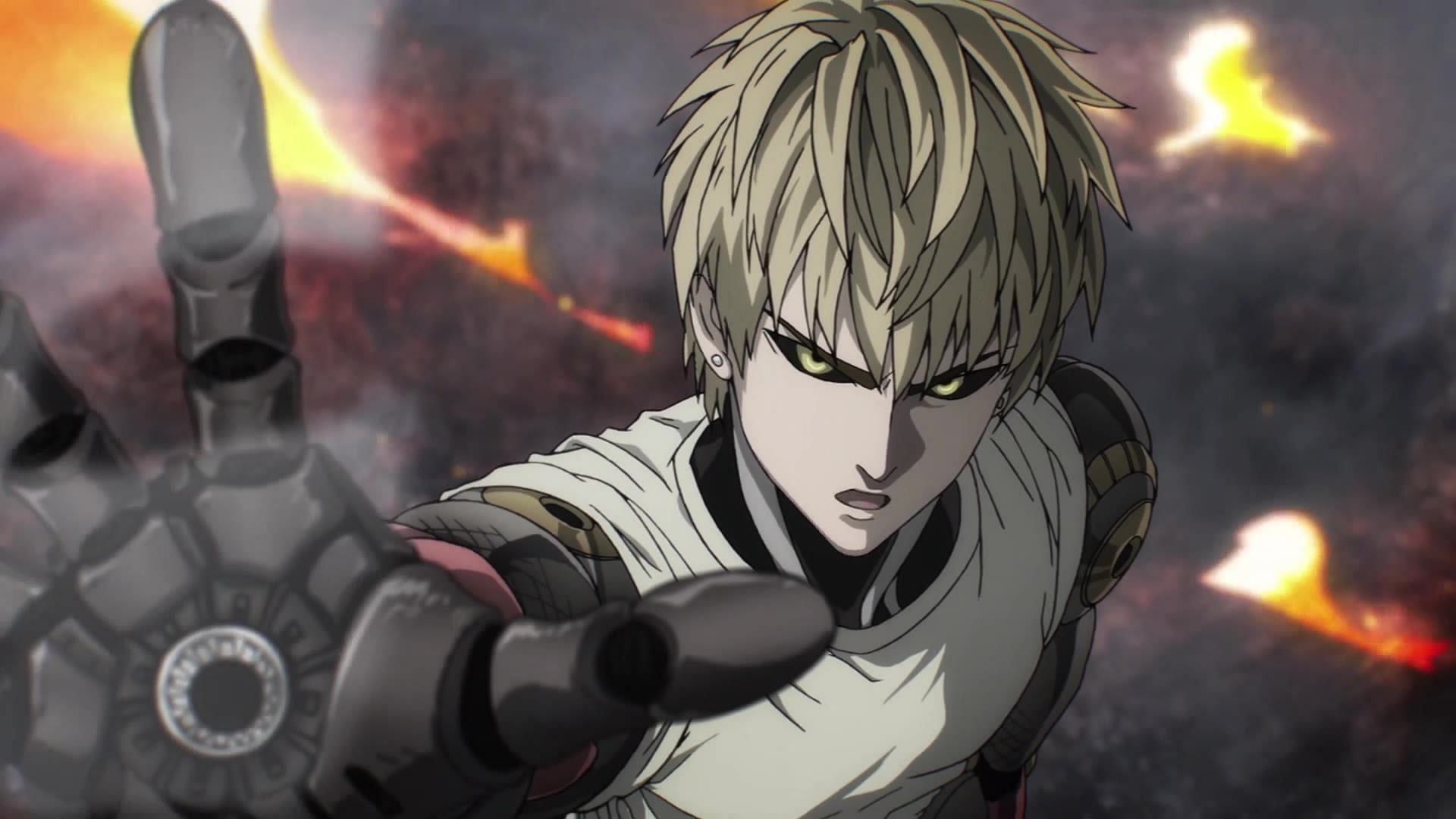
The key distinction between the Seinen and Shonen lies precisely in this aspect: One Punch Man effectively highlights a concept where My Hero Academia falls short—the portrayal of heroes without traditional superpowers.
Saitama, for instance, doesn't possess any innate or extraordinary superpower beyond the superhuman strength he achieved through rigorous physical training. This alone made him the strongest being in his universe.
While Deku initially began his journey with a Quirk that grants him superhuman physical prowess, he later acquired additional abilities by inheriting quirks from previous One For All users.
One Punch Man further emphasizes characters whose powers stem from diverse origins. Genos, for example, is a cyborg whose abilities spotlight the strength and versatility of scientific advancements in their hero society.
His character is portrayed strongly enough, standing on equal footing with opponents who possess superpowers, without diminishing the significance or potency of his mechanical enhancements.
On the other hand, My Hero Academia offers a limited exploration of cyborg superheroes, with the most notable instance being the Armored All Might vs. AFO battle, which occurs toward the end of the series.
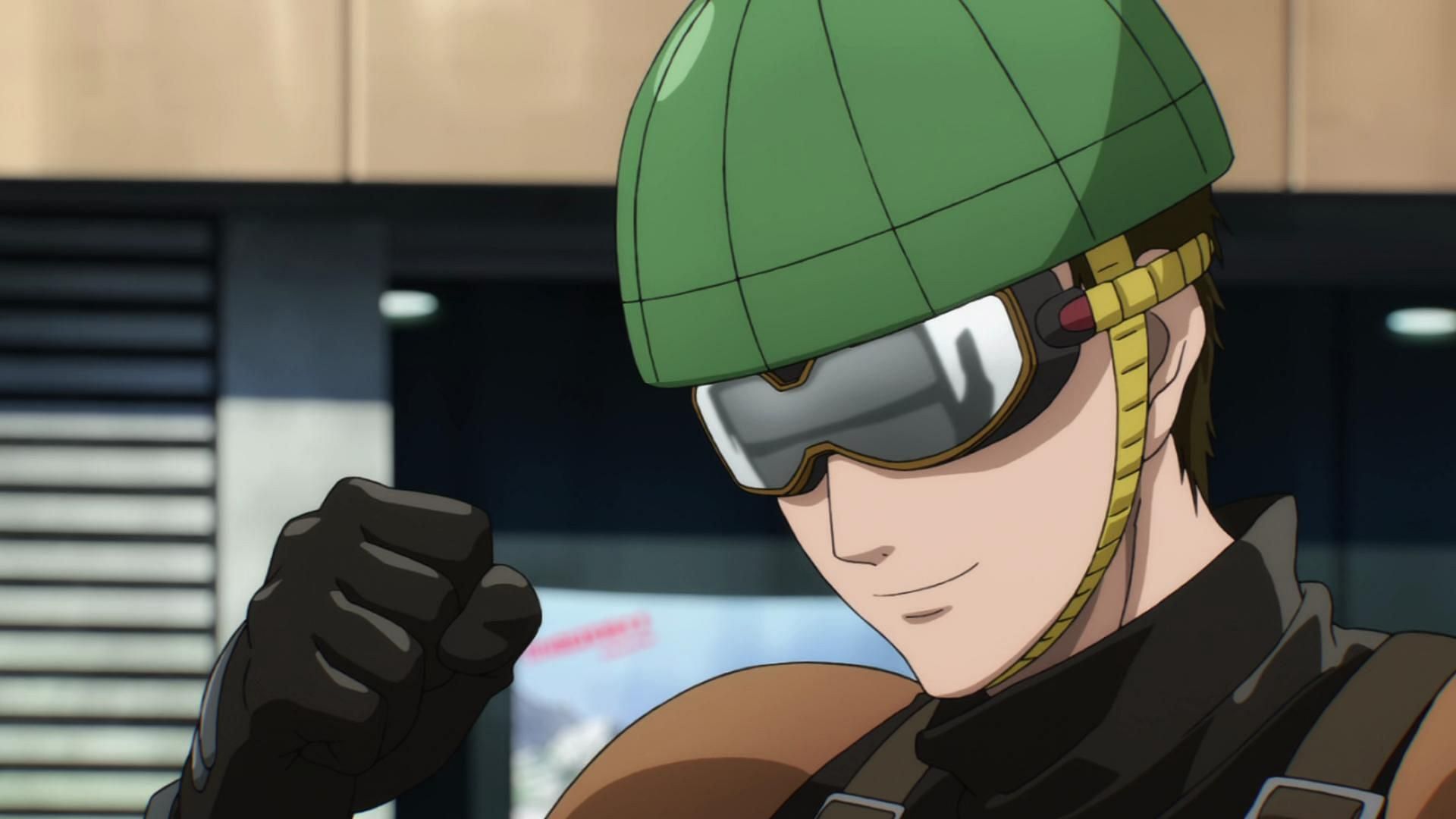
While scientific gadgets and tools are present in its universe, their use is downplayed and restricted to a supporting role, rather than being integrated as a major element of the power structure or plot development.
Even during Mecha All Might's confrontation with AFO, the narrative ultimately emphasizes quirks as the dominant power, as Mecha All Might is overwhelmed by quirk-based strength. This approach results in a missed opportunity to explore the potential of scientific technology as a central part of the hero system.
The beloved Seinen also highlights heroes who excel in martial arts without relying on superhuman abilities. Notable examples include Garou and Bang, who achieve extraordinary feats by mastering martial arts and honing their techniques. One Punch Man even goes so far as to showcase heroes who lack any superpowers entirely, such as Mumen Rider.
His strength lies entirely in his remarkable athleticism, unwavering courage, and dedication to heroism. Despite being a Class-C hero with no apparent special abilities, Mumen Rider receives significant attention and recognition within the story.
In contrast, Horikoshi sensei's work features only a single instance of a hero fighting without a quirk, during the Mecha All Might vs. All For One battle.
While Deku did display acts of bravery before gaining powers, such as his attempt to save Bakugo from the Sludge Villain, this was more of an impulsive and selfless gesture than an actual fight. It serves more as a demonstration of his heroic spirit rather than a portrayal of a Quirkless individual successfully saving others through skill or strategy.
The lack of representation for heroes without Quirks who can genuinely win battles or save others is a noticeable gap. Deku's act is framed as inspirational, encouraging those with powers to step up and take action.
Thus, while My Hero Academia emphasizes heroism, its core message remains clear: without a quirk, one cannot truly be a hero. All Might even explicitly made this statement during his initial conversations with Deku.
How My Hero Academia struggles to fully capitalize on the potential of these ideas
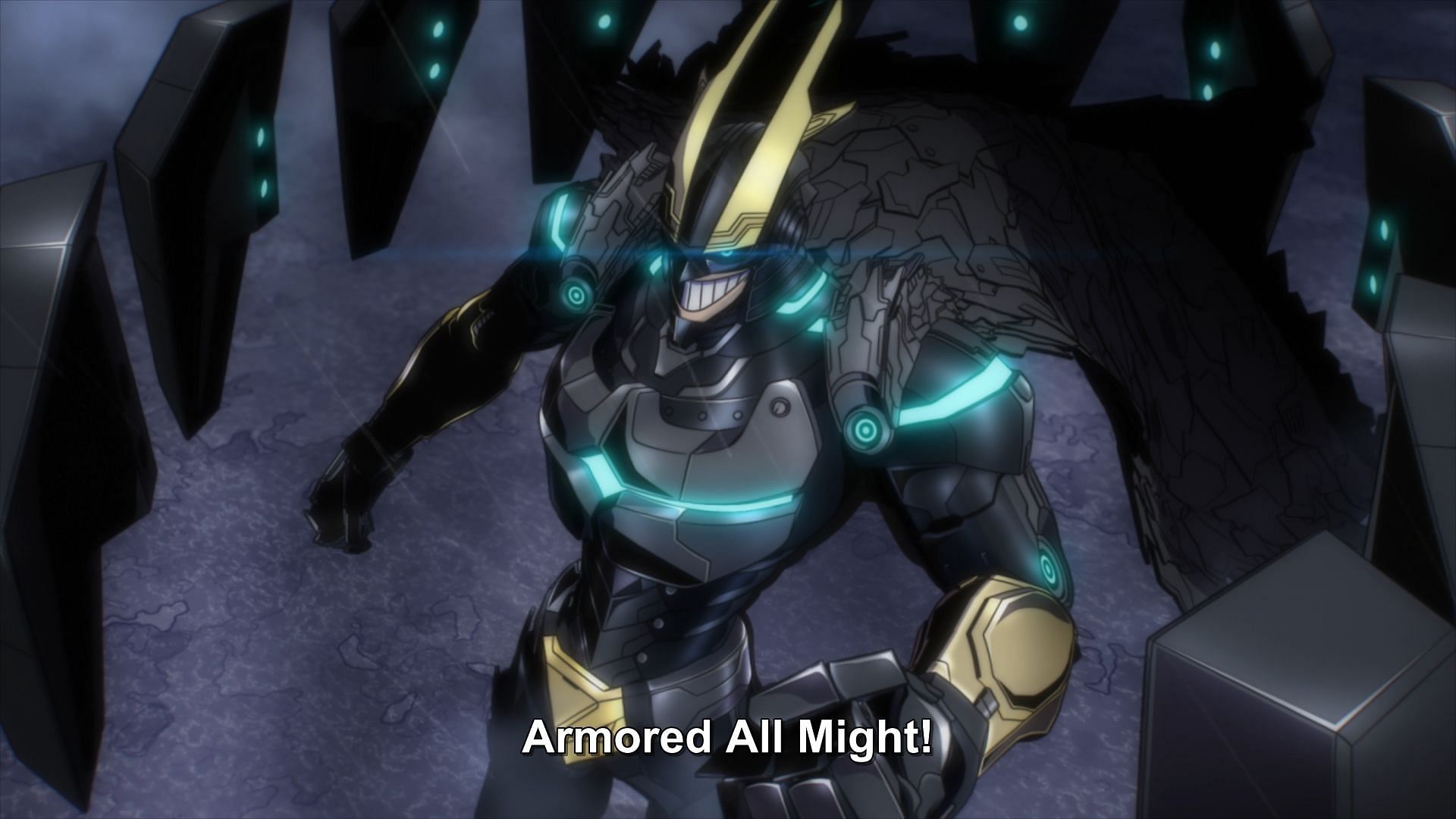
As mentioned, the universe of Yusuke Murata and ONE's series offers a rich and multifaceted portrayal of heroes with diverse powers and abilities, showcasing a wide spectrum of what it means to be a hero. In comparison, Kohei Horikoshi's My Hero Academia struggles to achieve the same level of diversity in its hero society.
While the series excels in its exploration of Quirks as a central power source, it falls short in exploring alternative paths to heroism, such as heroes without Quirks, mecha superheroes, or those relying on physical prowess or martial arts alone.
While it's true that My Hero Academia's narrative foundation is built on Quirks as the defining feature of its hero society. However, the story initially stood for the idea that anyone with willpower and determination could become a hero, regardless of their natural abilities.
Soon after, however, this idea was overshadowed, and Quirks became almost indispensable for combating powerful villains. This shift sabotaged the potential for a narrative exploring the rise of a hero without a Quirk—someone embodying the original ethos of heroism through sheer determination and skill.
Contrary to One Punch Man, one major missed opportunity in Horikoshi sensei's series lies in the lack of emphasis on heroes who depend on scientific tools or other means to compensate for their lack of Quirks or the limitations of their abilities.
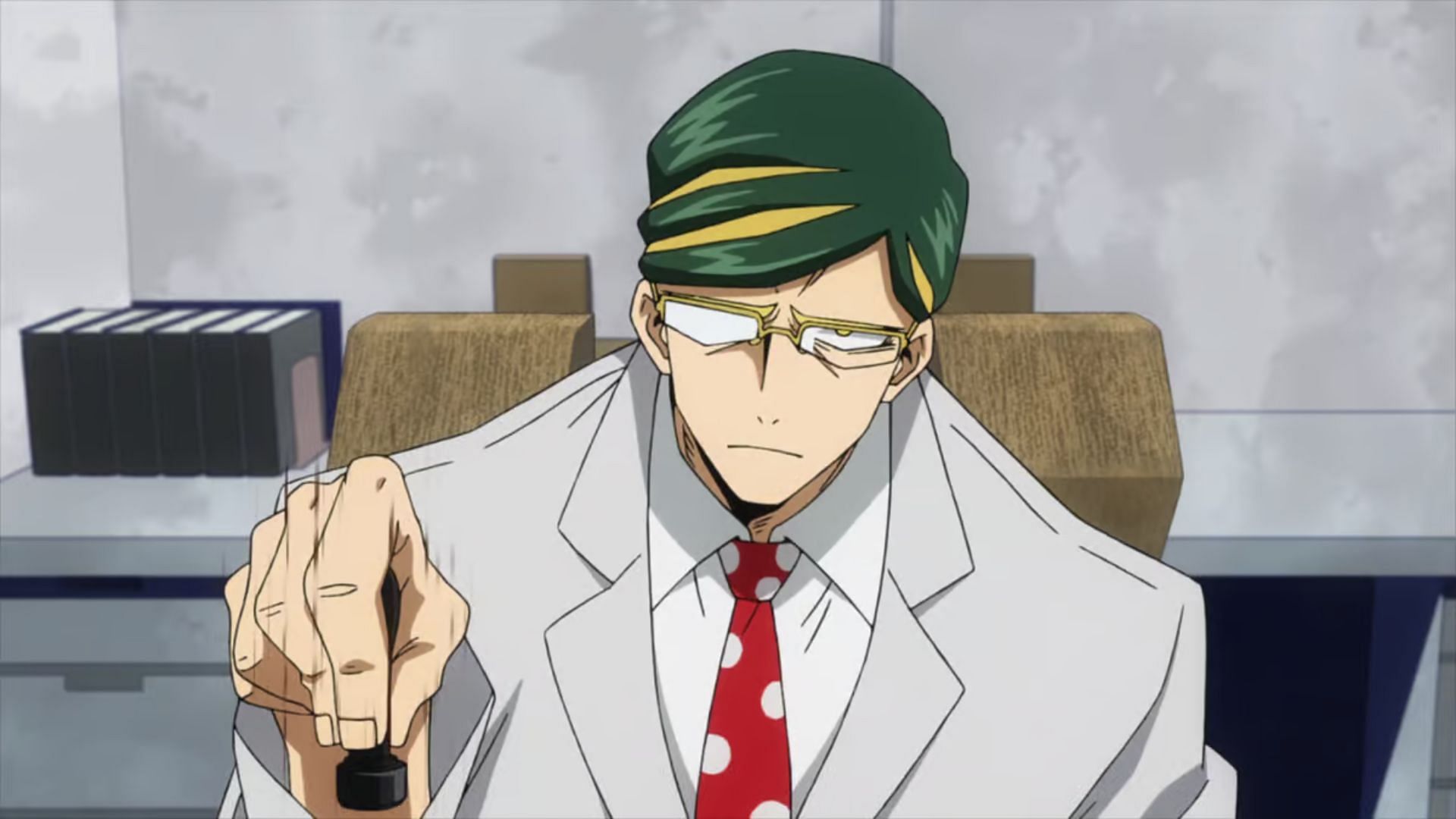
While the series does briefly touch upon this concept later on, incorporating science and technology as an accessory to the Quirk-based abilities, it fails to fully integrate this theme into its core narrative. For instance, portraying a Quirkless hero or a hero with a seemingly "useless" Quirk who overcomes obstacles through ingenuity and tools could have added depth and diversity to the story's hero landscape.
Instead, My Hero Academia took a different path with Deku, the protagonist who initially represented the ideal of a Quirkless aspiring hero but ultimately became a hero by inheriting a borrowed Quirk. This narrative choice shifted the focus from showing the potential of a truly Quirkless hero to further reinforcing the idea of Quirk-based heroism.
Horikoshi sensei does introduce characters who embody these ideas, but their development remains shallow, and their portrayal is brief. Consider Mirai Sasaki, aka Sir Nighteye, a brilliant strategist and one of All Might's former sidekicks.
His Quirk, Foresight, allowed him to view a person's future from a third-person perspective, but it neither significantly enhanced his physical abilities nor provided him with direct combat skills. Despite this limitation, Sir Nighteye became a top-tier hero, relying on his intellect and innovative combat techniques.
He only used the Hyper-Density Seals and enhanced speed, likely honed through rigorous training, for combat. Although his arsenal lacked mecha abilities or advanced scientific tools that could have made him even more overpowered, it remains a fitting choice as it emphasizes his uniqueness, portraying a character who relies on skills rather than a Quirk in combat.
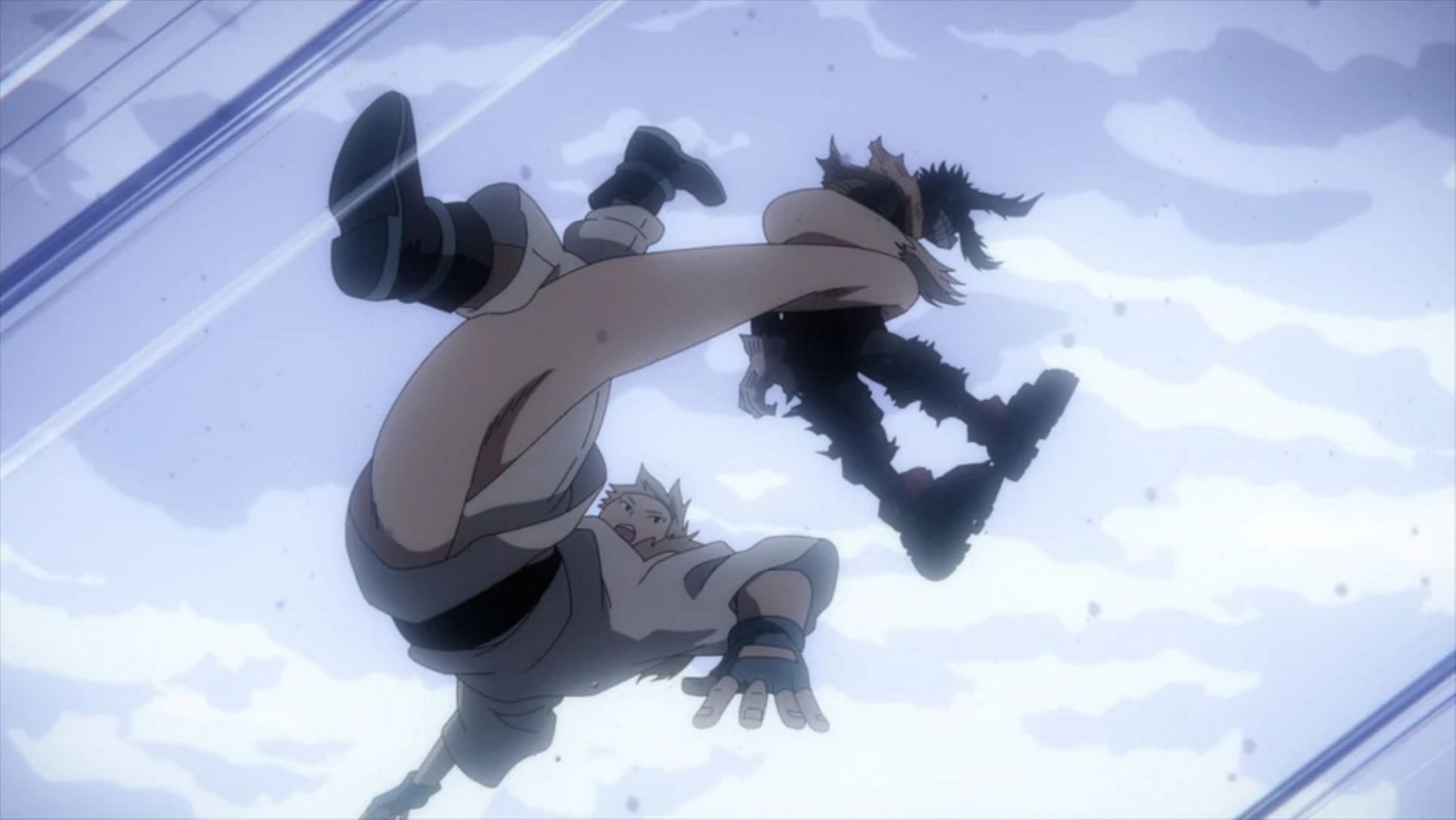
Another example is Mashirao Ojiro, the Martial Arts Hero: Tailman, a Class 1-A student and Deku's classmate. Ojiro blends his martial arts expertise with his prehensile tail, which grants him enhanced agility and acrobatic skills, giving him the upper hand in close-range combat.
His abilities are grounded in physical skill rather than overwhelming Quirk power, yet his character receives minimal focus in the narrative. Likewise, the mecha concept introduced briefly with Mecha All Might remains largely underexplored.
The series concludes with Deku receiving a mecha suit after losing OFA, similar to the one All Might used, allowing him to continue his hero work. This development also had the potential to pave the way for the emergence of more heroes with mecha-based abilities in the future.
However, the show wraps up before exploring this aspect further, despite it being a great opportunity to expand on the theme of using scientific tools in the hero society.
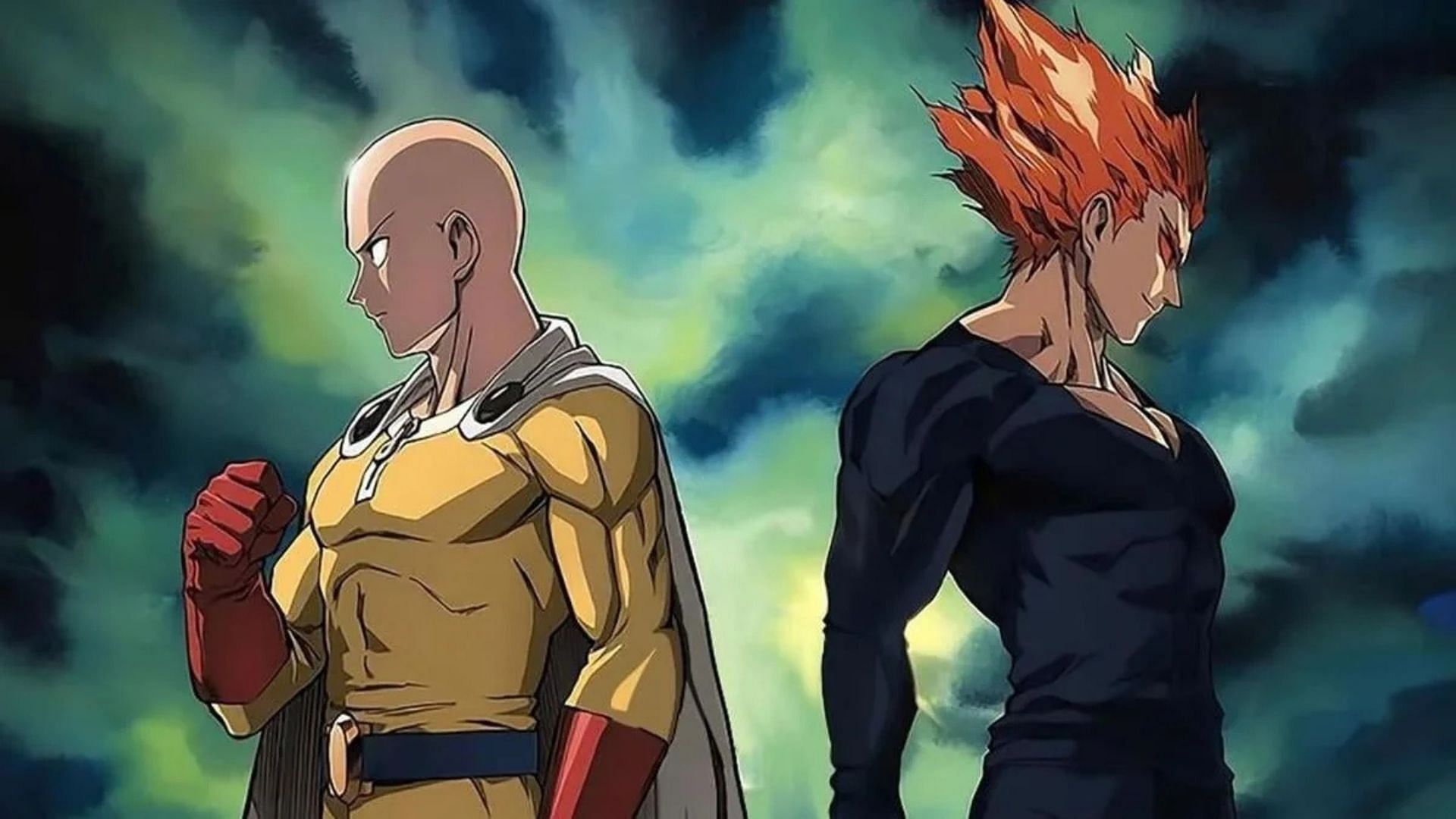
These characters demonstrate the potential Horikoshi sensei had to explore alternative forms of heroism—heroes who rely on human ingenuity, physical training, and technology rather than raw Quirk power. By failing to give such characters significant attention, the series misses an opportunity to expand its worldbuilding and diversify its portrayal of hero society.
Ultimately, My Hero Academia often limits its narrative scope by emphasizing Quirks as the ultimate power source, whereas One Punch Man maintains a broader approach, allowing for more diverse character growth. This approach sidelines characters like Sir Nighteye and Ojiro, who could have served as prime examples of heroes succeeding through other means.
By overlooking these aspects, Horikoshi sensei misses the opportunity to craft a richer, more inclusive universe that celebrates a broader range of hero archetypes. In contrast, One Punch Man stands out with its diverse portrayal of heroes and its more in-depth exploration of various themes and opportunities.
Final thoughts
While My Hero Academia could explore the concept of gaining strength differently from Saitama's iconic "100 pushups method" in One Punch Man, it also had the potential to present this idea in various other unique ways.
Although it's also considerable that My Hero Academia isn't strictly about becoming a hero while being powerless, it does emphasize how powerlessness can inspire those in positions of authority to act—something Deku's character embodies.
However, in the Shonen context, being a "professional hero" often boils down to having a license to publicly use one's quirk. Without a quirk, obtaining such a license would seem futile, fundamentally altering the structure of its hero society.
Conversely, in the One Punch Man universe, strength can come simply from the belief in one's ability to become strong. This philosophy doesn't quite align with My Hero Academia's world structure, which operates under an entirely different framework.
The spin-off series My Hero Academia: Vigilantes does touch on themes of quirkless individuals or those with seemingly "useless" quirks becoming vigilante heroes. However, these themes don't necessarily have to carry over into the main storyline, and that's perfectly acceptable. Yet, the shared universe between the two shows highlights missed opportunities where the main series could have explored these unique ideas further.
Meanwhile, One Punch Man thrives in exploring such concepts, proving that a hero society can extend far beyond a single power system. One Punch Man capitalizes on opportunities that My Hero Academia doesn't fully realize, leaving fans to reflect on the untapped possibilities.
Also read:
- Solo Leveling Ragnarok chapter 38 release date and time
- Toilet-Bound Hanako-kun season 2 episode 3 release date and time
- Medaka Kuroiwa Is Impervious to My Charms episode 4 release date and time